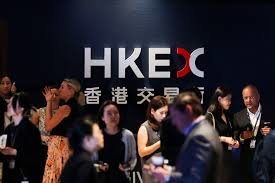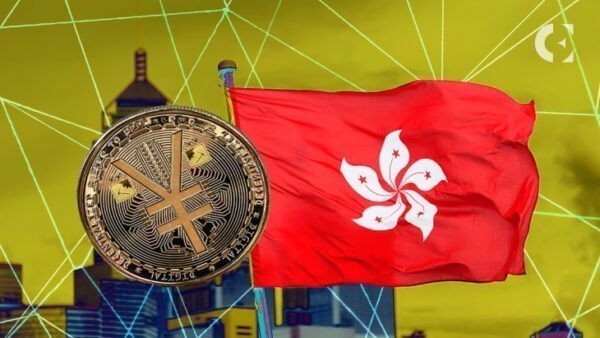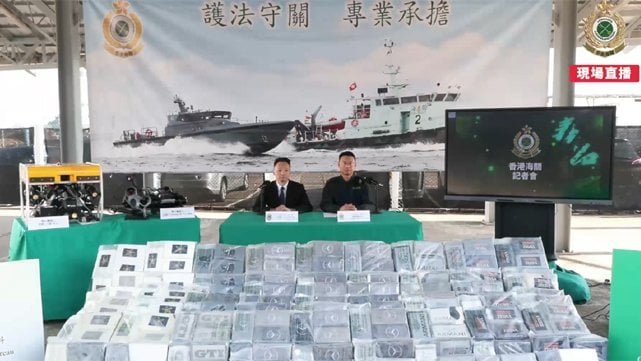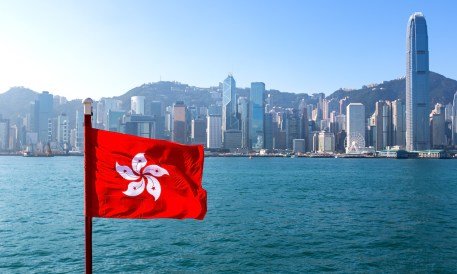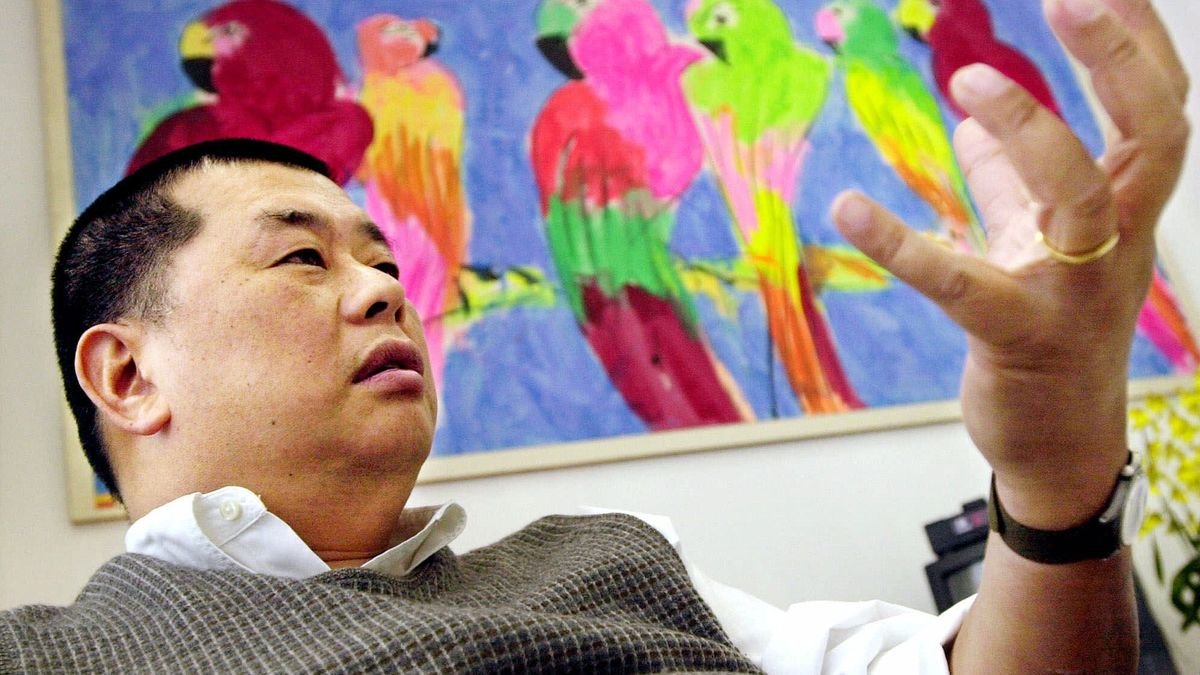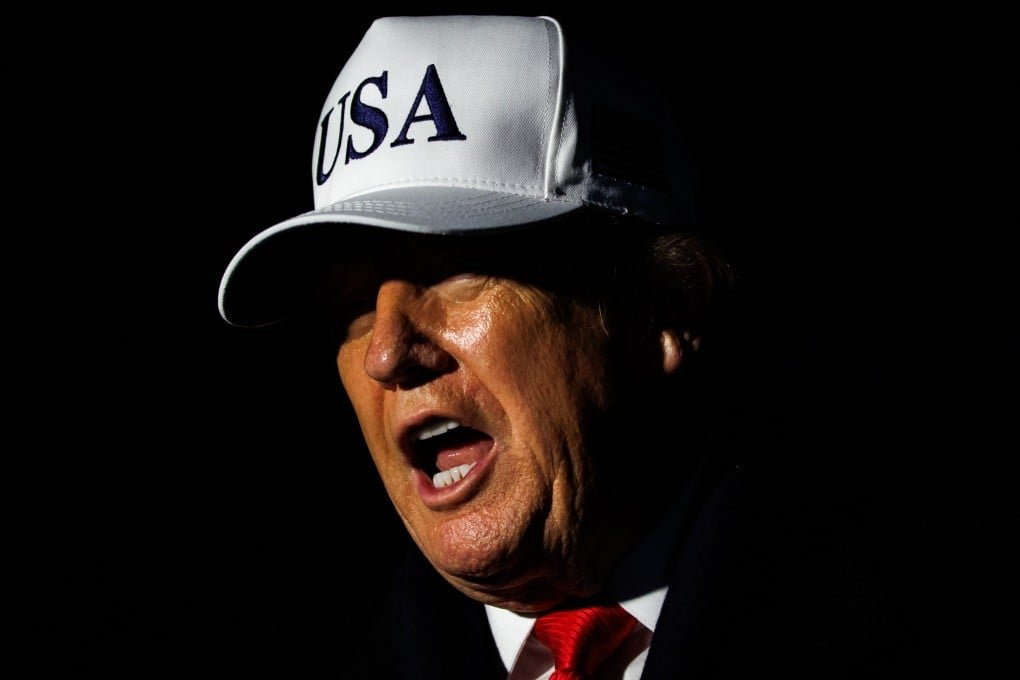
When Hollywood homeowners sought to build a guesthouse on challenging terrain below their main residence, a conventional build was out of the question. "It just wouldn’t have been viable because of the costs," says Jemuel Joseph, cofounder of Cover, a company that specializes in backyard prefabs. Instead of paying out of pocket to overcome those site challenges, the homeowners opted for Cover’s turnkey solution. 
Cover designed this 414-square-foot prefab office/guesthouse specifically for the Hollywood site.
The prefab company, which has served the greater Los Angeles area since 2018, accounts for every aspect of the homebuilding process. Here, they handled surveying, zoning, permitting, engineering, and drafting 3D models and renderings for a custom design that ties into the existing landscape. The resulting svelte, 414-square-foot office/guesthouse is both a creative space for the owners and an accommodation for visiting family.
Just paces down concrete steps from the main residence, the guesthouse holds an office, a bedroom with a Murphy bed, custom-milled storage spaces in wood finishes, and a kitchen complete with high-end appliances. Through floor-to-ceiling sliders, a deck extends to provide outdoor space for lounging and taking in views that stretch from downtown L.A. to the Griffith Observatory.
The open-layout design is completely custom. The office area looks toward downtown Los Angeles through floor-to-ceiling windows and sliders.
Custom-milled built-ins provide ample storage. 
The kitchen is equipped with Sub-Zero and Wolf appliances, and the cabinet faces and handles match the built-ins in the other rooms.
While Cover’s projects carry an aesthetic continuity-white or wood facades and interiors, floor-to-ceiling windows, and wood finishes carry from home to home-the layout and functionality are unique to each. "We don’t have any models to choose from," says Joseph. "All properties are different, so you have to offer versatility."
A Murphy bed folds up for additional living space, and sliders provide access to the deck.
Even the bathroom grants views. Sleek wood elements complement the white-and-black fixtures and details. 
Their panelized building system comprises an all-steel structure that can be configured and arranged for nearly any site. The parts are manufactured elsewhere before being put together on location, which enables speedy build times-given the difficult terrain, the guesthouse was assembled fairly quickly in about a month’s time.
"Normally when you think of prefab, you think design limitations," says Thomas Heyer, Cover’s lead designer. "At Cover, it's the opposite-we deliver a thoughtfully designed space that’s completely tailored to the client and site."
Decking extends from the living space, adding outdoor space to the Hollywood prefab.
The clever, low-impact build is nested amid hillside flora.
